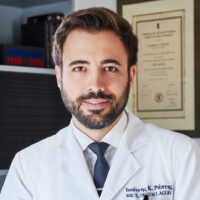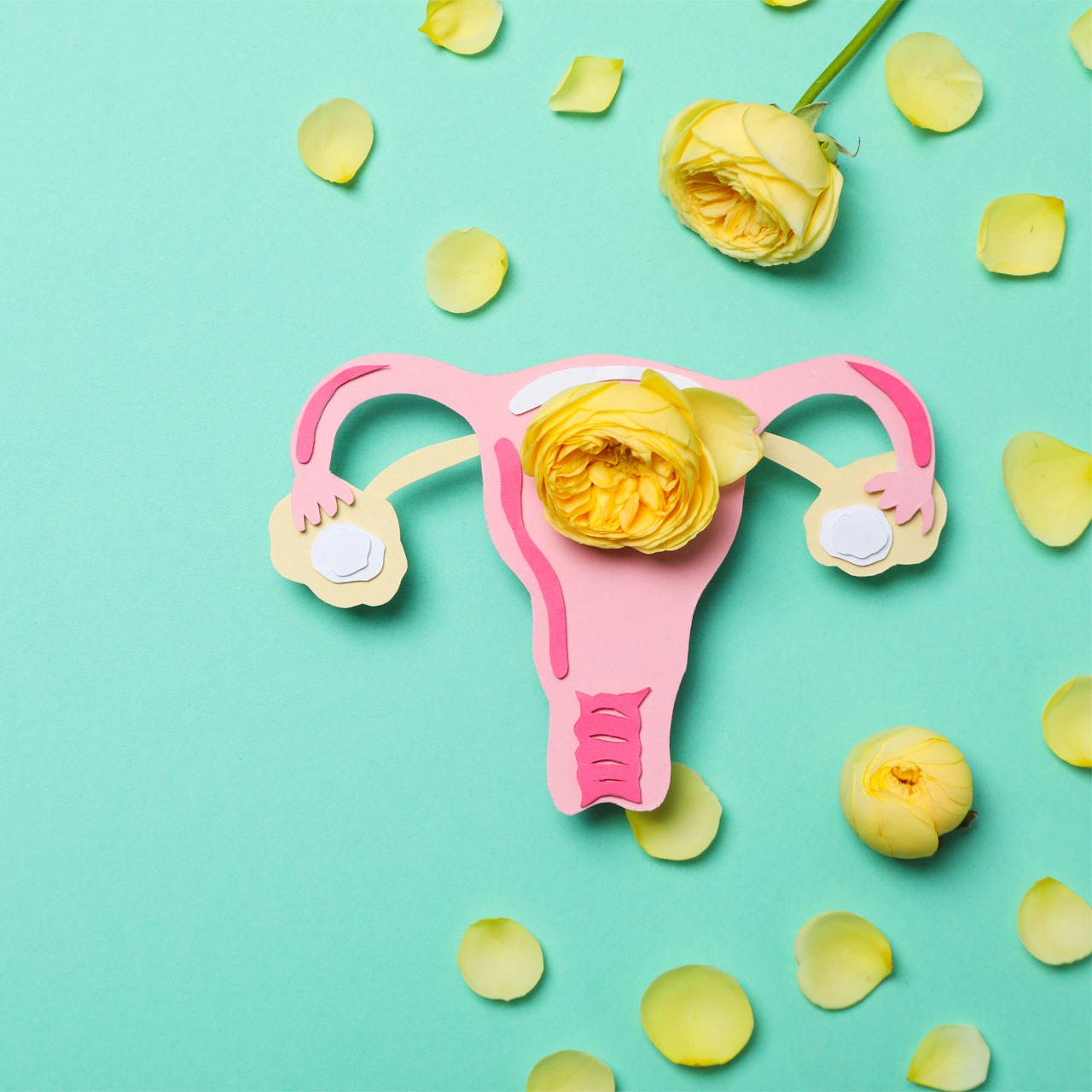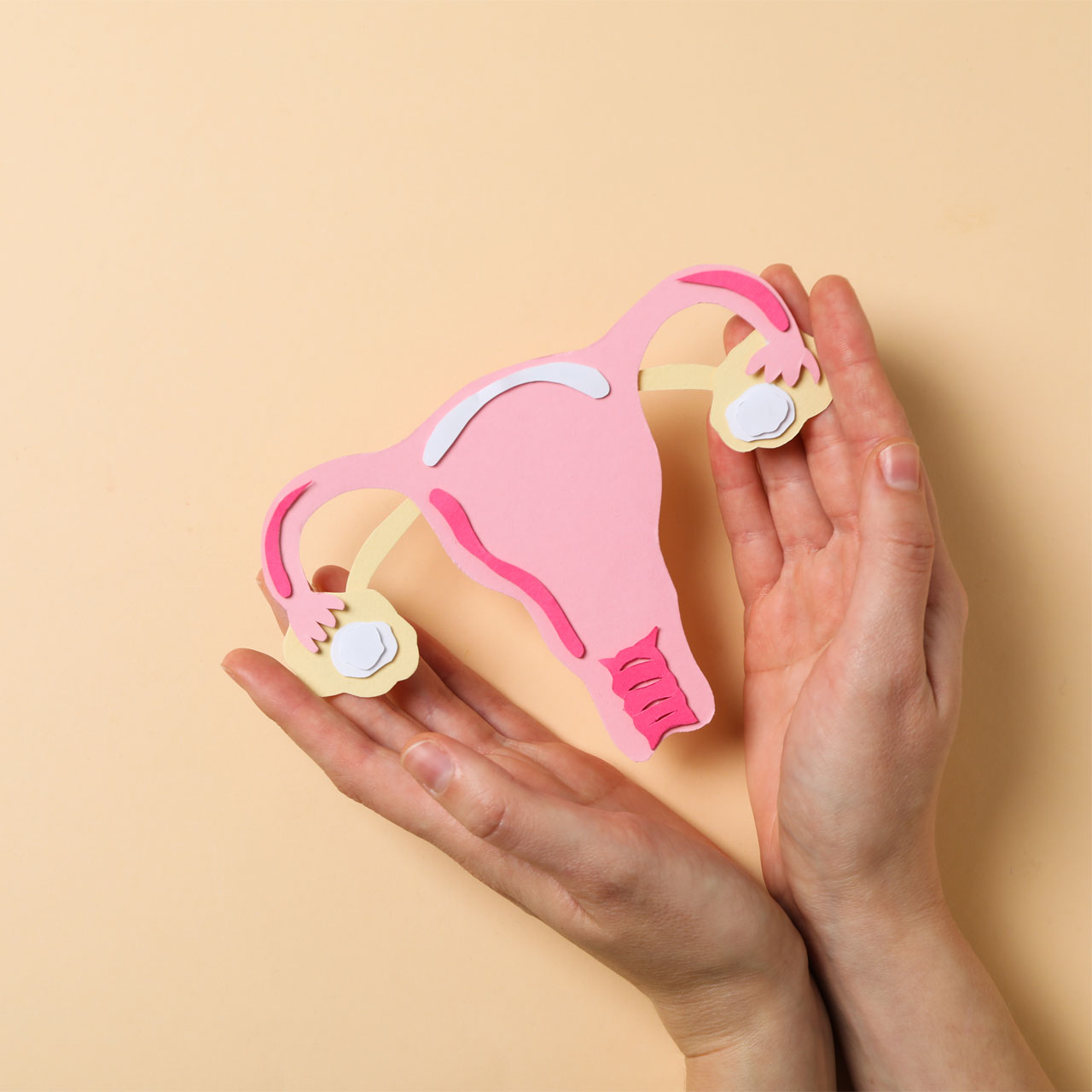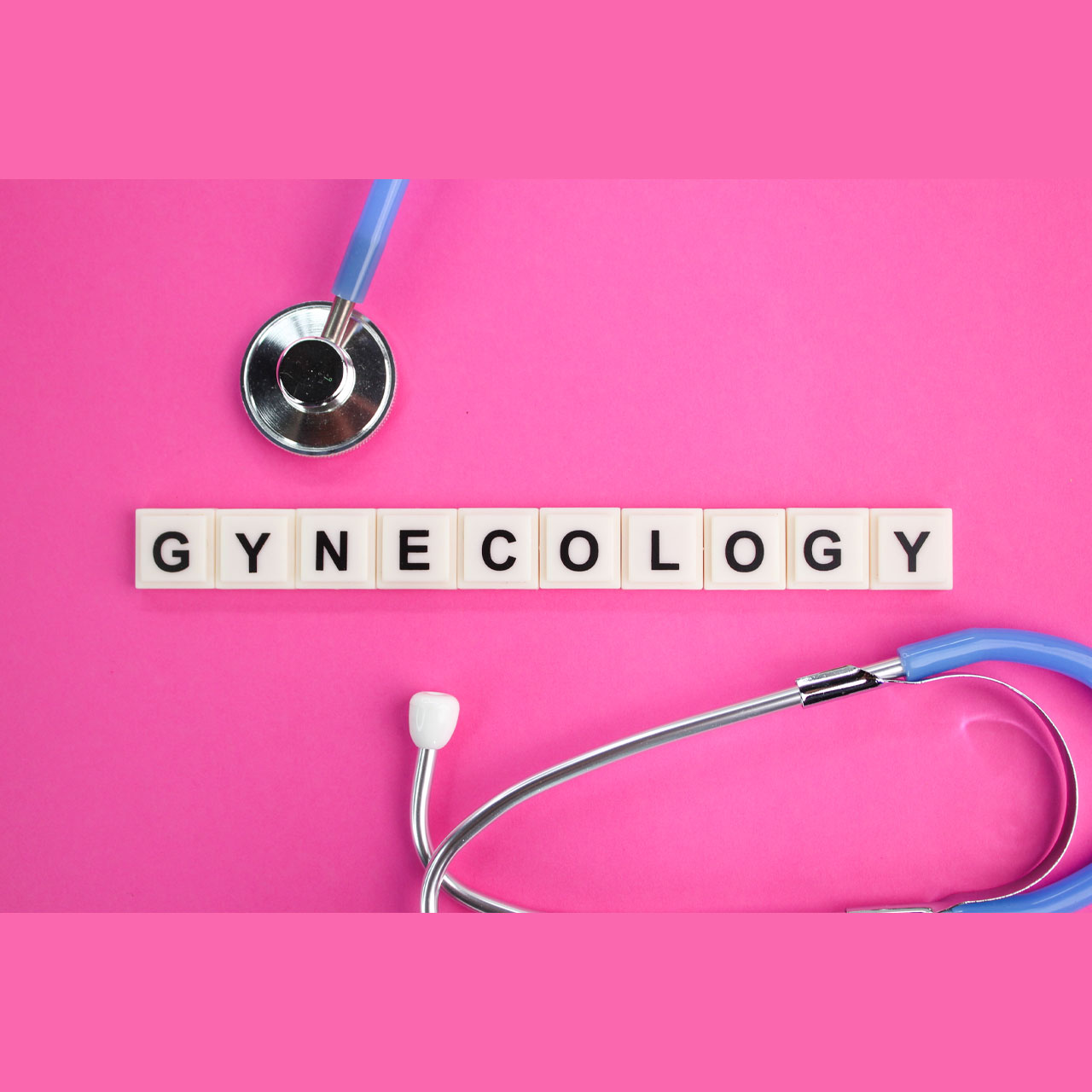
Ioannis K. Raptis is a certified doctor (MIC II title) for the performance of laparoscopic and hysteroscopic procedures of high complexity by the German Society for Gynecological Endoscopy (AGE). In case of tissue morcellation, a pioneering closed bag system is used for the protection of the patient in case of malignancy (contained morcellation).
What are the uterine fibroids?
Fibroids are benign tumors that develop on the wall of the uterus, mainly in women of reproductive age. These tumors often grow gradually. However, in some cases, they may appear suddenly.
Fibroids are classified into three categories based on their location in the uterus: subserosal, intramural, and submucosal. Subserosal fibroids are those whose majority is located outside the wall of the uterus. Those fibroids that are primarily found within the wall are called intramural. Finally, submucosal fibroids appear within the cavity of the uterus.


What symptoms do fibroids cause?
The discomforts and complications caused by fibroids depend on their size, number, and location in the uterus. The most common symptoms of fibroids include:
- Abdominal pain
- Bleeding
- Menstrual irregularities (pain during menstruation)
- Constipation
- Urinary disturbances
- Dyspareunia (pain during sexual intercourse)
- Infertility
- Miscarriages
It is important to mention that some fibroids may, in rare cases, be malignant. The probability of this has been estimated at 1 in 300.
Why is laparoscopy recommended as a treatment for uterine fibroids?
When the removal of fibroids is required, laparoscopic myomectomy stands out as the safest and most effective method of treatment.
The endoscopic, radical removal of fibroids without the destruction of healthy tissues not only relieves women from the symptoms of the condition but also restores the proper anatomy of the uterus without the risks of complications related to conventional incision surgeries (such as bleeding, infection, healing disorders, etc.). Simultaneously, the aesthetic outcome is excellent, as the incisions created for the surgeon to access the abdomen are minimal.
Finally, laparoscopy presents advantages during the postoperative period, where pain is minimal, mobilization is immediate, and the recovery time does not exceed 24 hours.


What are the necessary tests before laparoscopic surgery?
For the successful implementation of laparoscopic fibroid removal, patients are requested to undergo an ultrasound and, in some cases, a magnetic resonance imaging (MRI). The results of these examinations are pivotal, as they allow the surgeon to determine the precise position of the fibroids which are about to be removed. At the same time, an assessment is made regarding the probability of a fibroid being malignant.
How is the recovery after laparoscopic treatment for uterine fibroids?
Laparoscopy is a procedure with minimal burden on a patient’s body, especially compared to open abdominal surgery. This fact explains why recovery after laparoscopic surgery is quick and relatively painless. The pain experienced by the patient when she wakes up is minimal, mobility is immediate, and within just 24 hours, she can return to her daily routine. In many cases, hospitalization is not demanded.
Care for the incisions is simple and involves sterilization with a special antiseptic twice a day. Special adhesive gauze is not necessary and the patient can have a bath, too.
Finally, activities with intense physical strain (such as gym workouts, manual labor, etc.) should be avoided for 2-3 days in order for abdominal pain to be prevented.
Why opt for gynecologist Ioannis Raptis for laparoscopic treatment for uterine fibroids?
- Ioannis Raptis is a certified doctor (MIC II title) for performing high-level difficulty laparoscopic and hysteroscopic surgeries from the German Society of Gynecological Endoscopy (AGE).
- The doctor is supported by a specialized medical team of regular collaborators (anesthesiologist, surgical assistants, nurse).
- The segmentation of large cystic formations is exclusively carried out within the pioneering closed system of the “Endo bag”, which protects a patient from tissue dispersion or potential malignancy.
- During the removal of medium or large-sized fibroids and for better tissue healing, the uterus is sutured in two(instead of one) layers.
- In the majority of cases, the patient returns home the same day.


With the assurance of the German Society for Gynecological Endoscopy (AGE).
